America is now thinking of ‘winning’ the war in Ukraine
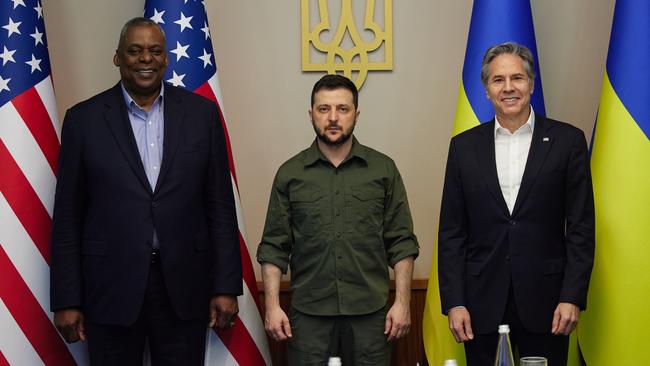
Yet the furtive visit to Kyiv, the capital, by Antony Blinken and Lloyd Austin, America’s secretaries of state and defence, brought hope of eventual salvation.
“We don’t know how the rest of this war will unfold, but we do know that a sovereign, independent Ukraine will be around for a lot longer than Vladimir Putin is on the scene,” declared Blinken.
The Americans were not the first to visit wartime Kyiv; other leaders have already made the pilgrimage to meet Ukrainian President Volodymyr Zelensky.
Nor were the Americans the most flamboyant; they did not go for an impromptu walkabout in the city, as Boris Johnson, Britain’s Prime Minister, did on April 9. And some of their visible offerings were limited, among them the belated reopening of the US embassy in Kyiv, and the nomination of an ambassador to the country which, more than a year into President Joe Biden’s administration, came inordinately late.
Still, the pair’s trip may be the most consequential yet. America has provided more military and civilian aid to Ukraine than all other countries combined. Blinken and Austin announced an additional $US713m ($993m) in financing to pay for weapons for Ukraine and allied countries.
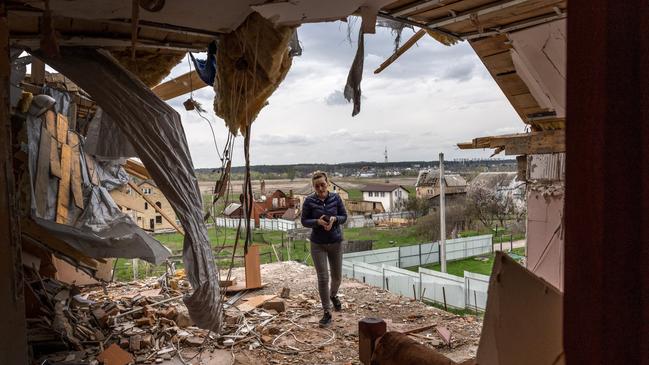
Perhaps more striking still is America’s changing attitude. To judge from the secretaries’ comments, America is embracing the idea that Ukraine might not only survive, but emerge victorious against Russia.
“They have the mindset that they want to win; we have the mindset that we want to help them win, and we are going to do that,” declared Austin.
To that end, on Tuesday America will convene a meeting in Germany of dozens of friendly countries — NATO allies, but also partners in Asia, the Middle East and Africa — to show solidarity with Ukraine and co-ordinate further assistance to it.
The 40-odd states on the guest list stretch from Morocco to New Zealand and include countries such as Israel that have hitherto hesitated to criticise Russia. They will discuss, among other things, stepped-up training and how to shift Ukraine more quickly from Soviet-era weapons and ammunition to NATO-standard arms, which allies can provide more easily and plentifully.
They have already started sending NATO-standard 155mm howitzers (Ukrainian ones use 152mm shells) and trained the first batch of Ukrainian artillerymen.
Just as important, Biden’s administration appears to have a clearer idea of its endgame in Ukraine.
At first, as Russian troops were massing, its objective seemed limited to imposing costs: by giving Ukraine some defensive weapons, and by placing sanctions on Russia. As Ukraine demonstrated a remarkable ability to fight, that changed to saving Kyiv. Critics accused the President of being “weak”. But Biden said he would not get drawn into “world war three”; his officials said a rout of the Russian army might be a trigger for nuclear escalation by Russia. Ukrainian officials suspected America of simply trying to bleed Russia, at the cost of Ukraine’s destruction.
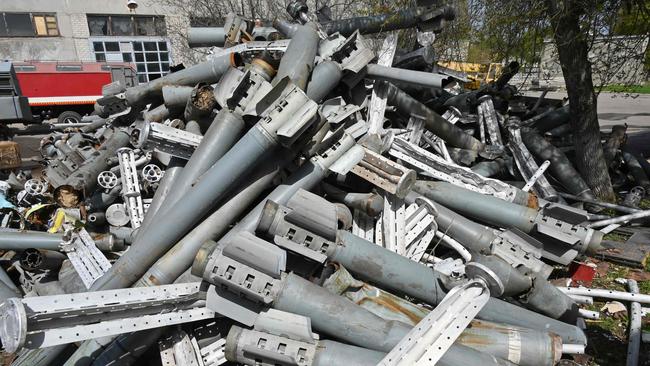
Now the administration seems less worried about the risks — and it may even be raising its ambition. “We want to see Russia weakened to the degree that it can’t do the kinds of things that it has done in invading Ukraine,” said Austin, usually the quiet man of the administration. “So it has already lost a lot of military capability, and a lot of its troops, quite frankly. And we want to see them not have the capability to very quickly reproduce that capability.”
On the same day, British Defence Minister Ben Wallace told parliament his government thought 15,000 Russian soldiers had been killed in the two months of war.
America and Western allies have shifted to delivering more offensive weapons — not just anti-tank weapons but now tanks and howitzers; and not just anti-aircraft missiles but also parts for fighter jets (and perhaps soon aircraft, too).
Russia has responded, predictably, by issuing yet more shadowy warnings about its nuclear warnings. Shortly after Blinken and Austin visited, Russian Foreign Minister Kyiv Sergei Lavrov said in a television interview that the risks of nuclear war “now are considerable”. But the threat seems to have less leverage than it once did.
Before thinking of victory, though, Ukraine must survive the coming onslaught. Having given up on taking Kyiv, at least for now, Russia has massed its troops in the east and south in the hope of taking more territory — maybe enough to declare a great victory by May 9, when Russia celebrates Victory Day marking the Soviet Union’s defeat of Nazi Germany.
On Sunday Russian forces in the eastern Donbas region advanced slightly, seizing small towns around Sievierodonetsk.
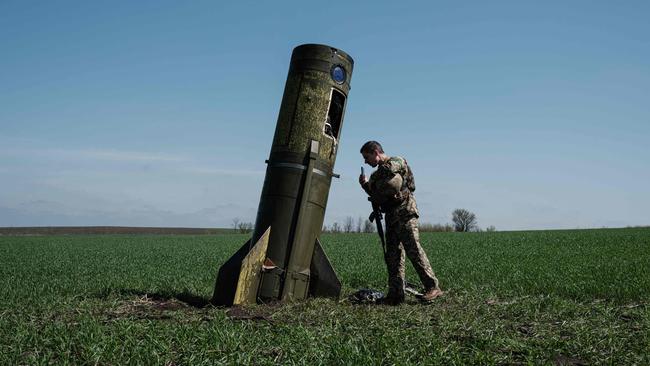
A Russian general, Rustam Minnekayev, deputy commander of Russia’s central military district, was quoted as saying that the country’s objective is to take full control of all of southern Ukraine. This would create not only an eastern land corridor between Crimea and Donbas (regions it conquered in 2014) but also a western one to link to the enclave of Transnistria, a separatist region of Moldova. That would mean taking over Mariupol, where a last group of Ukrainian soldiers is still holding out in the Azovstal steel plant, as well as Mykolaiv and Odessa, which seem out of Russia’s reach for now.
How will the war end? Nobody really knows. UN Secretary-General António Guterres is visiting Moscow to push for a ceasefire. That has angered the Ukrainian President, who says Guterres should first have witnessed the devastation and atrocities caused by Russian forces. Blinken has said he expects the UN Secretary-General to deliver “a very strong and clear message to Vladimir Putin, which is the need to end this war now”.
Some Europeans foresee a stalemate followed by negotiations in the northern summer and a deal in the autumn, before the next winter sets in. Many experts see echoes of the “Winter war” of 1939-40, when Finland valiantly fought off the Soviet Union for months but was eventually forced to cede territory and, for decades after World War II, had to maintain a precarious neutrality.
“I used to think the Winter war was the best that Ukraine could achieve. I now think it’s the best Russia can achieve,” says Dan Fried of the Atlantic Council, a think-tank in Washington. “Another scenario is possible: the defeat of Imperial Russia by the Japanese in 1905.”
If there is a partition, he argues, it is unlikely to be a stable peace but, more probably, a dangerous armed truce.

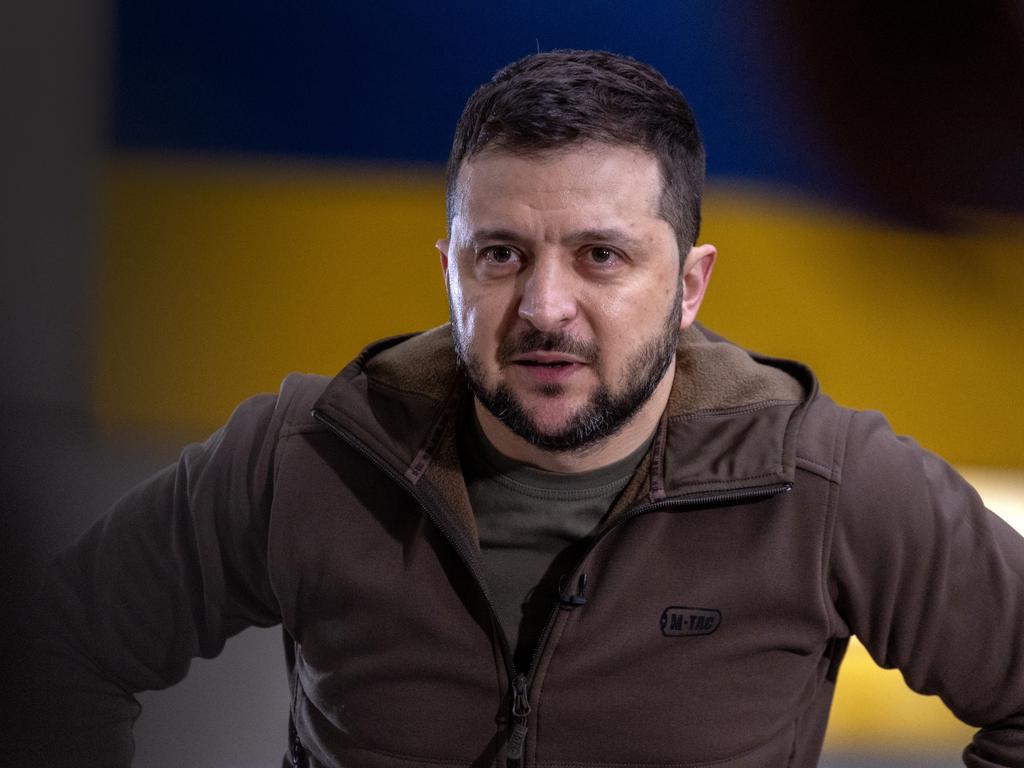

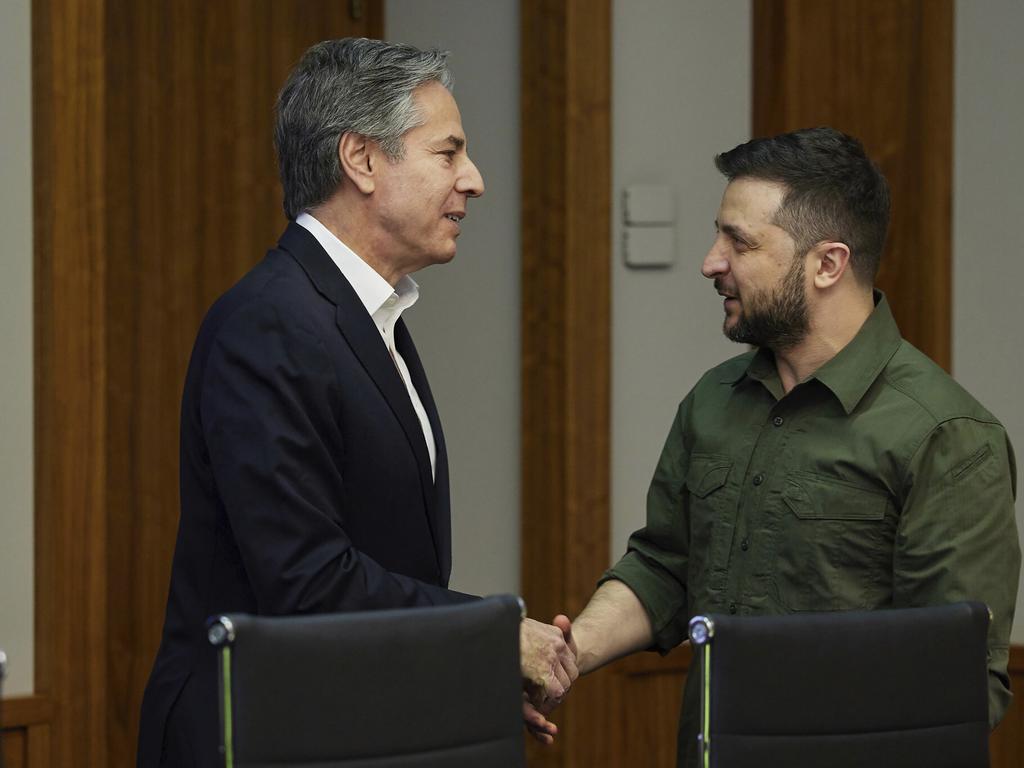


They came as Ukraine celebrated Easter, according to the Orthodox Christian calendar. They certainly did not bring peace.